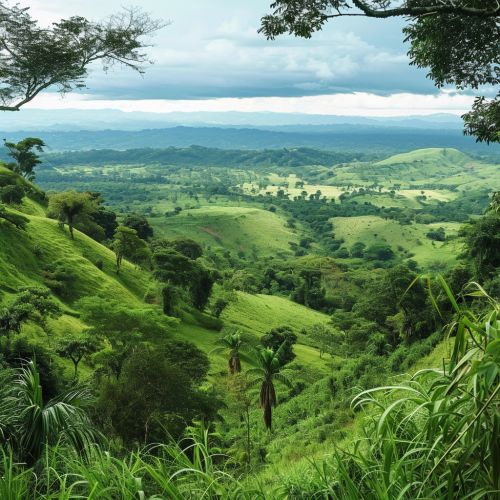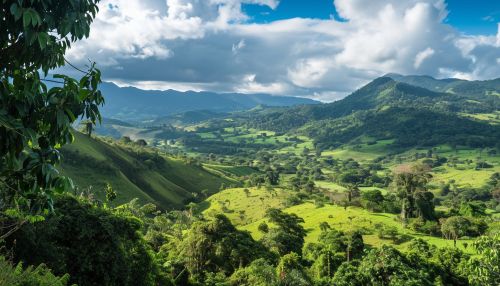Quimbaya Civilization
Introduction
The Quimbaya was a pre-Columbian culture in South America that flourished from the 4th to 10th centuries AD. This civilization was located in the modern-day regions of Risaralda, Quindío, and Caldas in Colombia. The Quimbaya civilization is known for its exquisite gold work, which is considered one of the most technically advanced of pre-Columbian America.


History
The Quimbaya civilization emerged around the 4th century AD. The civilization reached its peak between the 4th and 7th centuries, during which time they developed advanced techniques in goldsmithing, pottery, and agriculture. The civilization declined after the 10th century, likely due to social unrest and external pressures.
Society and Culture
The Quimbaya civilization was organized into chiefdoms, each governed by a cacique, or chief. The society was hierarchical, with the cacique and his family at the top, followed by nobles, commoners, and slaves. The Quimbaya people practiced polygamy, with the cacique often having multiple wives.
The Quimbaya people were known for their elaborate burial rituals, which involved the construction of large burial mounds and the inclusion of gold artifacts and pottery in the burial site. These burial sites provide much of what is known about the Quimbaya civilization today.
Art and Craftsmanship
The Quimbaya civilization is perhaps best known for its gold work. The Quimbaya were skilled goldsmiths, creating intricate pieces of jewelry and religious artifacts. The most famous of these is the Quimbaya airplane, a small gold artifact that resembles a modern airplane and has sparked theories of ancient alien contact.
In addition to gold work, the Quimbaya were also skilled potters. They created a variety of pottery, ranging from functional pieces to decorative items. The pottery often featured intricate designs and was sometimes painted or glazed.
Agriculture and Economy
The Quimbaya civilization was primarily agricultural, growing crops such as maize, beans, and yucca. They also raised llamas for wool and meat. The Quimbaya people were skilled farmers, using terracing and irrigation to maximize their crop yields.
The economy of the Quimbaya civilization was based on agriculture, but also included trade. The Quimbaya traded with neighboring cultures, exchanging gold, pottery, and agricultural products for goods such as cotton, salt, and coca.
Conclusion
The Quimbaya civilization was a sophisticated pre-Columbian culture known for its advanced gold work and pottery. Despite its decline after the 10th century, the legacy of the Quimbaya civilization lives on in the gold artifacts and pottery that have been discovered, providing a glimpse into the rich culture and history of this civilization.
